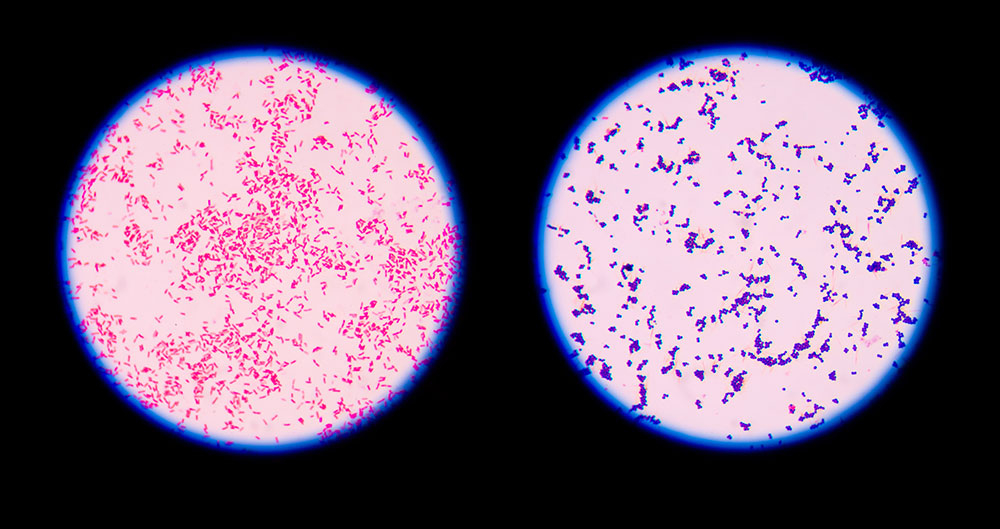Ensuring Biopharmaceutical Safety: Integrating Viral Safety and Mycoplasma Testing
Adventitious agent testing is critical to ensure patient safety and maintain product integrity. Biopharmaceuticals,...

Adventitious agent testing is critical to ensure patient safety and maintain product integrity. Biopharmaceuticals,...
This post on the importance of using quality controls in a laboratory’s patient testing workflow provides an overview...
Just a quick reminder that Gram stain wastes are no longer allowed to be flushed down the drain. They are to be collected and treated as hazardous waste. The article at https://www.ncbi.nlm.nih.gov/pmc/articles/PMC3577235/ points out a way to do this on a small scale. Other collection schemes are definitely designable and may work better for your needs. This article does however present a brief background on the Gram staining hazardous waste issue.
Thanks for sharing this resource!